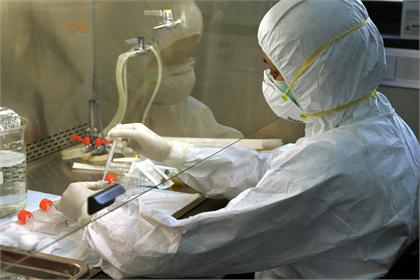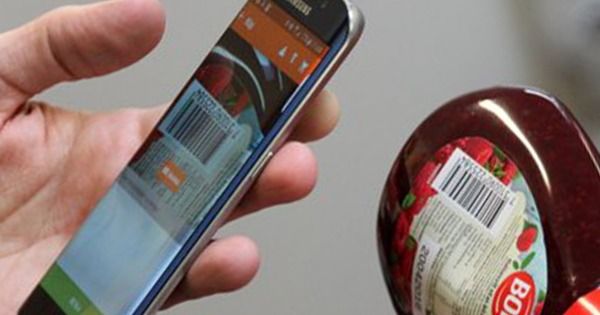Very bizarre — cancer cells were modifying their metabolism based on communications they were receiving from cells in the microenvironment near the tumor.
Washington D.C., Mar 8 (ANI): A recent study has revealed that cancer cells get 30–60 percent of their fuel from eating their neighbours’ ‘words’.
Researcher Deepak Nagrath from Rice University said their original hypothesis was that cancer cells were modifying their metabolism based on communications they were receiving from cells in the microenvironment near the tumor, but none of them expected to find that they were converting the signals directly into energy.
The results were part of a four-year study by Nagrath, his students and collaborators at the University of Texas MD Anderson Cancer Center and other institutions about the role of exosomes in cancer metabolism.








